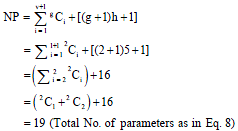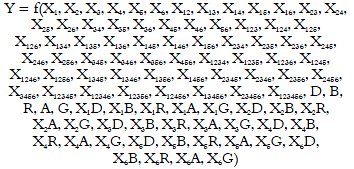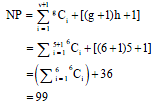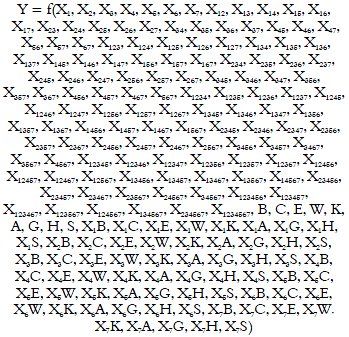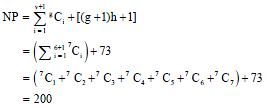Research Article
Number of Parameters Counting in a Hierarchically Multiple Regression Model
School of Science and Technology, Universiti Malaysia Sabah, Kota Kinabalu, Sabah, 88400, Malaysia
Noraini Abdullah
School of Science and Technology, Universiti Malaysia Sabah, Kota Kinabalu, Sabah, 88400, Malaysia
S.J. Yap
School of Science and Technology, Universiti Malaysia Sabah, Kota Kinabalu, Sabah, 88400, Malaysia










